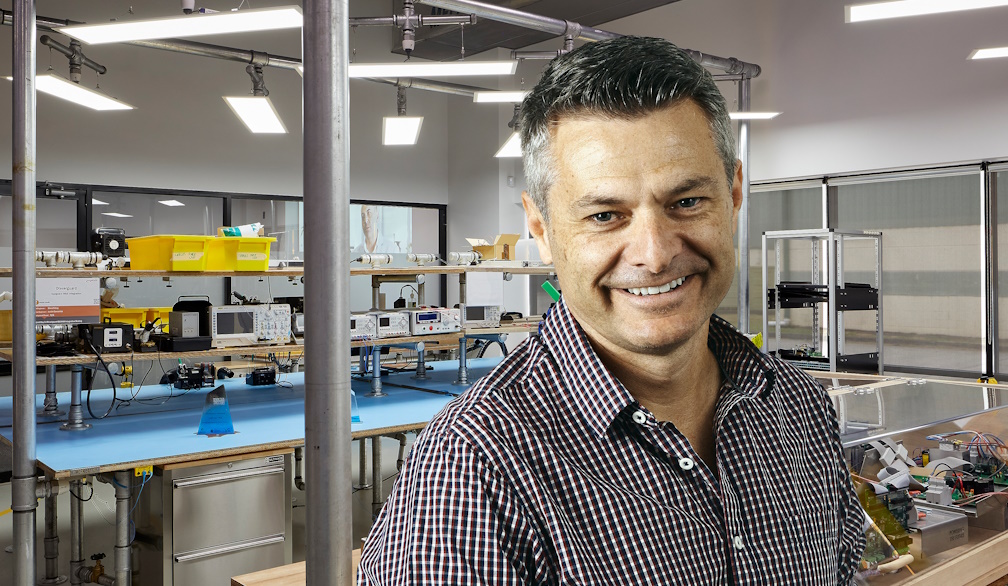An exploding creative economy shows innovation policy shouldn't focus only on STEM
- Written by Stuart Cunningham, Distinguished Professor, Media and Communication, Queensland University of Technology
Australians in creative industries have grown[1] from 3.7% of the workforce in 1986 to 5.5% in the latest census.
Creative services, a subset of the creative economy that includes software and digital content (including web design and games) and social media management and marketing, are growing as much as three times the rate of the overall workforce.
These findings make it imperative that Australian governments develop policies that don’t fixate on what NSW Education Minister Rob Stokes calls[2] the STEM “buzzword”.
The government should focus on education and training that combines the acquisition of both technical and non-technical skills. This will support the sustainability of creative industries.
Read more: We can rebalance Australia's economy with creative industries[3]
Altogether 600,000 people work in Australia’s creative economy, which combines cultural production (film and broadcasting, music and performing arts, publishing and visual arts) with creative services (advertising and marketing, architecture and design, creative software and digital content).
It also includes “support professionals” who work in these creative industries such as technicians, accountants, lawyers or salespeople, as well as “embedded” creatives who work outside the creative industries, across the rest of the economy.
The creative economy is a job-intensive sector. It immerses human talent in meaningful, creative, well-remunerated activity at a scale few other sectors can offer.
The creative economy as a whole is growing at a rate nearly twice that of the Australian workforce as a whole and it is highly likely to continue to grow into the future.
Compare that to sectors that are shedding jobs[4] through automation, such as mining, or whose contribution to employment in Australia has been trending down for decades, such as agriculture.
In 2013, one study[5] estimated that 47% of jobs in the United States were at risk of being automated.
But every serious study[6] since then has dialled back on that dramatic prediction, with the latest study[7] offering a much more granular account of what we can expect in skills for jobs of the future.
It found that creative skills are some of the most likely to grow in employability. The report says that “artists”, for example, possess skill sets that entail high-level, subtle decision making that are less susceptible to machine substitution.
But the creative economy is experiencing some disruption.
While digital creative services grow rapidly, publishing (this is mostly newspapers and magazines) has continued its downward spiral. And workers in music, performing arts and visual arts, earn well below the Australian mean income – and their relative situation is stagnant or deteriorating.
On the other hand, creative services workers command wages 30% higher than the Australian average, with software and digital content professionals earning the highest incomes of the whole sector.
When Prime Minister Malcolm Turnbull came to power he stated[8] “there has never been a more exciting time to be an Australian”.
But the electorate didn’t buy it. Its anxiety that innovative responses to technology-driven change was all about inner city start ups and tech love-ins contributed to the Coalition’s near death experience in the 2016 election.
The government soon shifted[9] to talking about “innovation for all businesses”, and innovation has been put away in the bottom drawer ever since.
Australian does need an innovation policy, but it needs to be broader than STEM (science, technology, engineering and maths) fields. Creative jobs are transforming the Australian economy.
Instead, research tells us that the most innovative Australian enterprises all thoroughly mix[10] STEM with business, creative, and communication skills, and that digital literacy skills are far wider than what is encompassed in a STEM definition of technology.
The government should focus on education and training that combines both technical and non-technical skills and support the sustainability of creative industries.
That way, we can begin to set the country on an innovation path that is holistic and takes better account of where some of the strongest growth in job creation is occurring.
References
- ^ have grown (research.qut.edu.au)
- ^ calls (www.brisbanetimes.com.au)
- ^ We can rebalance Australia's economy with creative industries (theconversation.com)
- ^ shedding jobs (theconversation.com)
- ^ one study (www.oxfordmartin.ox.ac.uk)
- ^ every serious study (www.real-world-futures.qut.edu.au)
- ^ the latest study (www.nesta.org.uk)
- ^ stated (www.facebook.com)
- ^ soon shifted (www.theaustralian.com.au)
- ^ mix (acola.org.au)
Authors: Stuart Cunningham, Distinguished Professor, Media and Communication, Queensland University of Technology






